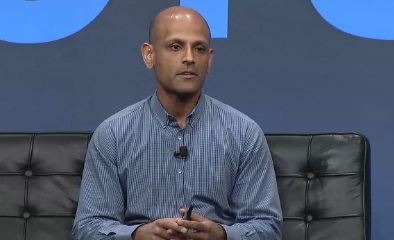Facebook steps away from 'traditional' datacenters with building blocks approach

Facebook has been increasingly breaking up its features into standalone mobile apps, and the motivation behind that might be much more than simply bumping up its presence on your smartphone.

Speaking at Gigaom Structure 2014 in San Francisco on Wednesday morning, Jay Parikh, Facebook’s vice president of infrastructure engineering, explained how changes to both software and hardware behind the scenes have enabled the world's largest social network to serve its users with relatively little to no downtime.
Parikh shared that the engineering team started thinking about how to bring more flexibility to the datacenter, using less energy and money while handling scaling for 1.3 billion users and counting -- not to mention serving users brought on through acquisitions such as Whatsapp and Instagram.
To give audience members an idea of just how many moving parts and people are being juggled, Parikh cited that Facebook Messenger alone handles 200 million people with 12 billion messages sent per day.
More about Facebook's infrastructure:
Thus, the idea within Facebook Engineering, according to Parikh, is to think about these bigger pieces and break them into smaller "Lego building blocks," giving Facebook's infrastructure more flexibility over time.
Parikh followed up what this approach means Facebook will be able to innovate on different things over time and make adjustments to software much more rapidly without having to think about the "big black box."
Amid Parikh's fireside chat, the Menlo Park, Calif.-based company introduced a pair of new components to its network stack.
The first is Wedge, a new top-of-rack network switch that intends to offer the same power and flexibility as a server.
Stepping away from "traditional network switches" with fixed hardware configurations, Wedge is designed to support "a wide range of microservers from across the open hardware ecosystem."
The second debut is a new Linux-based operating system for that switch, dubbed "FBOSS," which leverages existing Facebook Engineering tools for insights into system performance, such as cooling fan behavior, internal temperatures, and voltage levels.
Facebook is still testing both Wedge and FBOSS within its network. Reiterating its commitment to the open source movement, Facebook promised that the designs for both of these elements will be proposed as contributions to the Open Compute Project in the future.
Acknowledging that these features are still in their early stages, Parikh reflected, "We want things to be more open, and we want things to move faster."
Screenshot via Gigaom